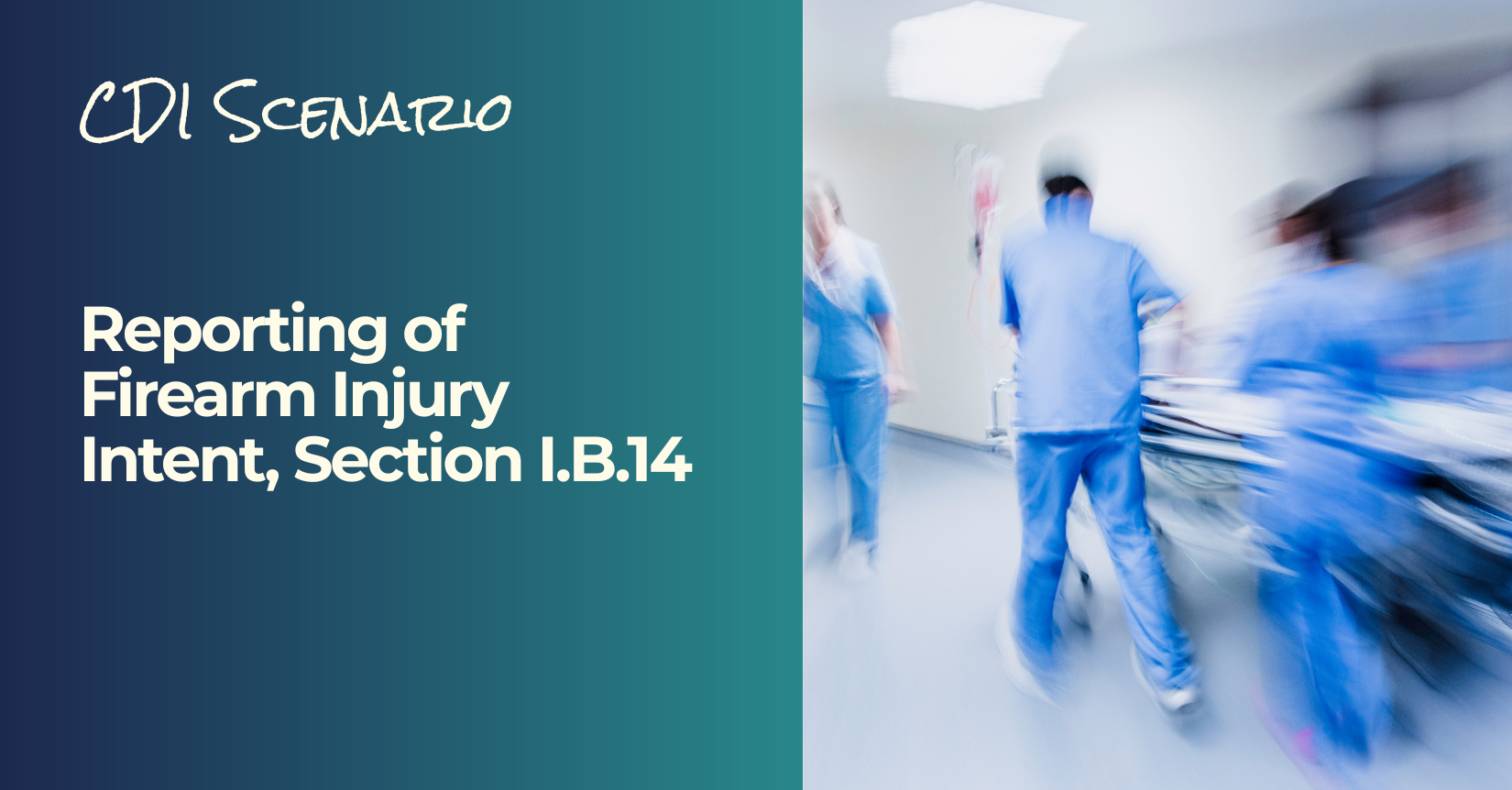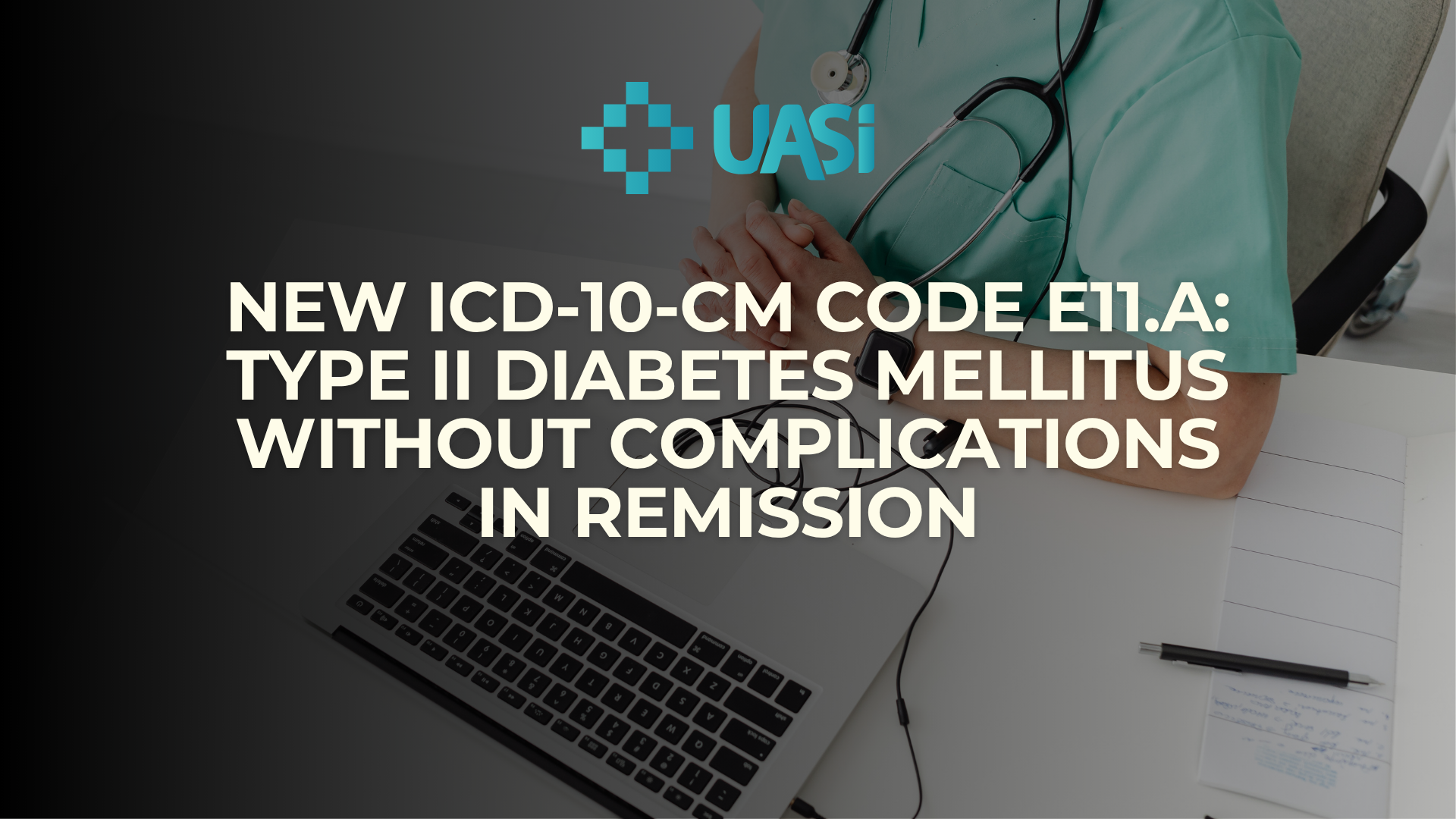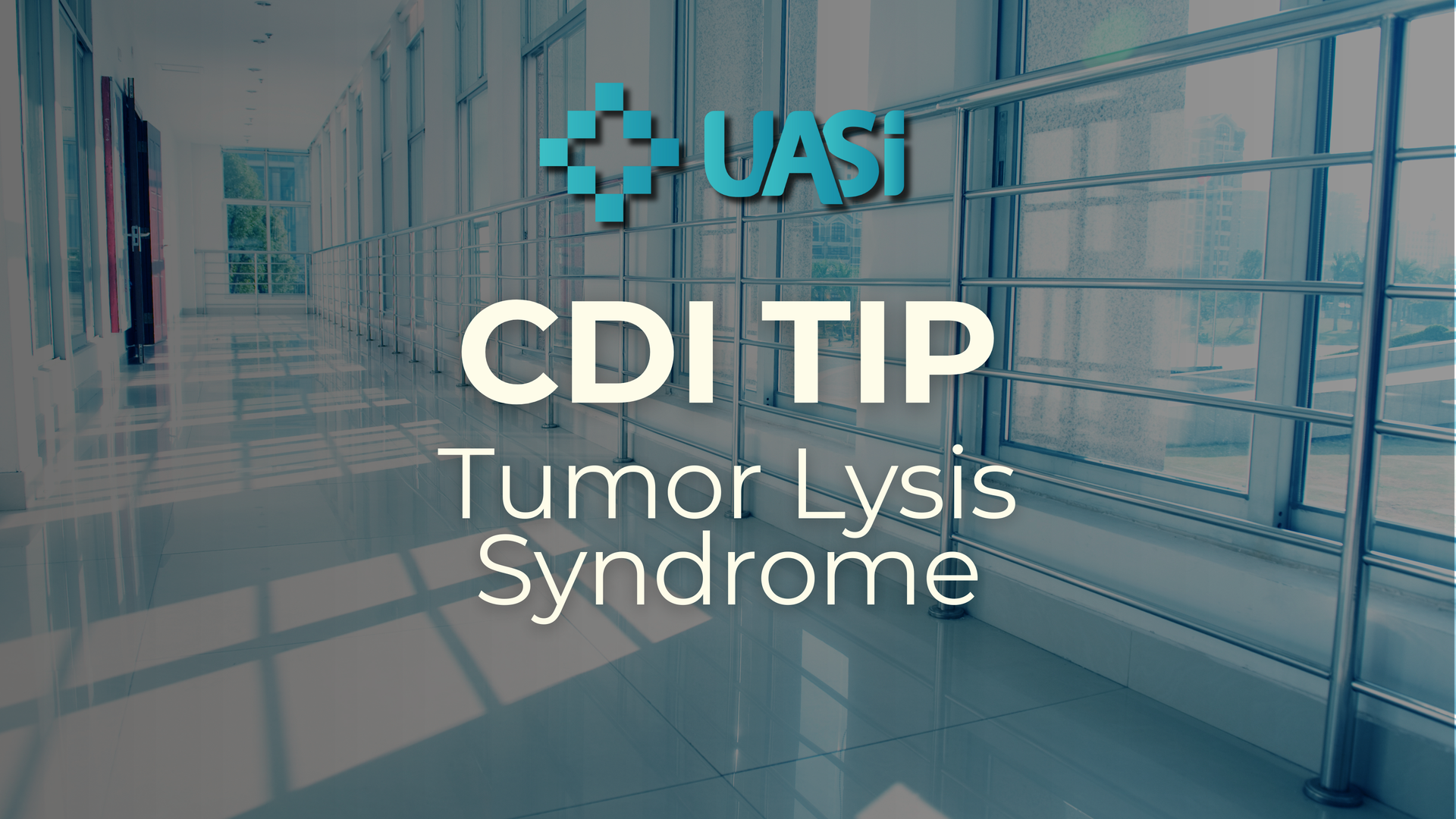When most people hear “risk adjustment,” their minds jump straight to HCCs and Medicare Advantage. But that’s just one piece of a much larger puzzle. Today, risk adjustment plays a critical role not only in outpatient and ambulatory settings but also across inpatient care—and its impact goes far beyond reimbursement. It shapes hospital quality ratings, public perception, and even contract negotiations with commercial payers.
For Clinical Documentation Integrity (CDI) professionals, this means one thing: it’s time to expand the lens. To truly protect their organizations and improve patient outcomes, CDI teams must think strategically about risk adjustment across all care settings—and understand how each setting contributes to the bigger picture of value-based care.
Why This Matters: The Financial Stakes Have Never Been Higher
As healthcare moves steadily from fee-for-service to value-based models, the financial consequences tied to quality metrics have become more severe. Programs like the Hospital Readmissions Reduction Program (HRRP) and Value-Based Purchasing (VBP) directly tie reimbursement to measures like 30-day mortality, readmissions, hospital-acquired infections (HAIs), and patient safety indicators (PSIs).
In this budget-neutral world, CMS withholds a portion of payments—up to 3% under HRRP alone—and only hospitals that outperform national benchmarks get those funds back (and potentially more). This creates a high-stakes environment of financial “winners” and “losers,” where documentation accuracy and risk adjustment play pivotal roles in determining which side your organization lands on.
Risk Adjustment: It’s About Leveling the Playing Field
Risk adjustment ensures fairness by accounting for patient factors like age, chronic conditions, and overall disease burden. Without it, hospitals that care for the sicker, more complex populations would appear to have worse outcomes—penalized not for poor care, but for the very patients they serve.
Tools like the Elixhauser Comorbidity Index and Vizient Clinical Database help calculate expected outcomes based on these patient complexities. This results in an Observed-to-Expected (O/E) ratio that tells the real story: a ratio below 1.0 signals better-than-expected performance; above 1.0 may indicate gaps in care—or gaps in documentation.
CDI’s Expanding Role: From DRG Capture to Strategic Quality Management
Historically, CDI teams focused on ensuring accurate documentation for MS-DRG assignment in hospitals and RAF scores in physician practices. But value-based care has raised the stakes. Accurate documentation now influences quality ratings (like CMS Stars and Leapfrog), public reporting, and even how organizations negotiate contracts with commercial payers.
Take pulmonary hypertension as an example. This diagnosis may not impact the DRG assignment, but it significantly affects risk adjustment calculations for mortality and readmissions. Capturing it accurately changes how a hospital’s performance is judged—and could shield the organization from costly penalties.
This is why CDI reviews must evolve beyond revenue capture. High-impact diagnoses that influence risk models need to be prioritized, even when they don’t change reimbursement directly. CDI professionals also play a vital role in ensuring that only appropriate cases enter mortality and readmission cohorts, directly affecting performance metrics.
Understanding the Tools: Elixhauser, Vizient, and AHRQ Methodologies
Different methodologies apply to different programs and understanding them is key to effective CDI intervention.
Elixhauser Comorbidity Index: Used by CMS, focuses on 38 comorbidity categories derived from secondary diagnoses—many of which must be documented as present on admission.
Vizient Clinical Database: Provides powerful benchmarking data, helping hospitals analyze performance and identify opportunities for quality improvement.
Each methodology has its own nuances, but the common thread is this: documentation must be clinically valid, complete, and precise.
Star Ratings and Public Perception: Why This Is About More Than Money
CMS Star Ratings are public and highly visible. Patients use them. Payers use them. They directly influence a hospital’s reputation, competitive position, and even patient volumes.
These ratings reflect performance across five domains: mortality, safety of care, readmissions, patient experience, and timely/effective care. A poor showing in just one domain—often influenced by incomplete documentation—can drag down an entire rating.
Risk adjustment doesn’t just impact mortality rates; it influences penalties for readmissions, HAIs, and PSI reporting. Inaccurate or incomplete documentation skews these outcomes, exposing organizations to financial loss and public reputational damage.
So, Where Should CDI Teams Focus?
To make the biggest impact, CDI teams should prioritize reviews and queries that address:
- DRG Optimization – Capture CCs and MCCs accurately.
- Quality Measure Accuracy – Identify diagnoses that impact risk models for mortality and readmissions.
- HAC/PSI Prevention – Reduce exposure to costly penalties.
- Strategic Queries – Focus on high-leverage diagnoses that don’t always affect reimbursement but dramatically impact quality metrics.
The Bottom Line: Accurate Data Drives Everything
In the end, quality performance, financial success, and even public trust hinge on the accuracy of what’s documented and coded. CDI professionals aren’t just stewards of revenue anymore—they’re central to the organization’s strategy for thriving in a value-based world.
As the healthcare environment grows more complex and margins shrink, the organizations that win won’t just deliver excellent care. They’ll also tell the full and accurate story of that care through precise documentation. And CDI teams will be the ones leading that charge.














